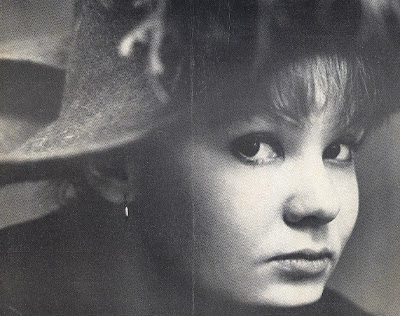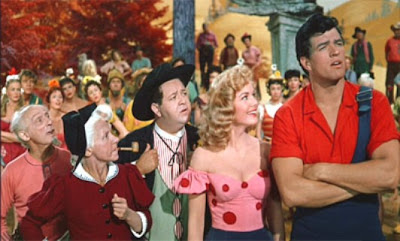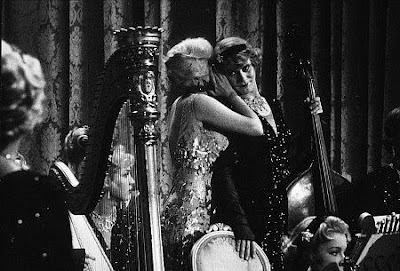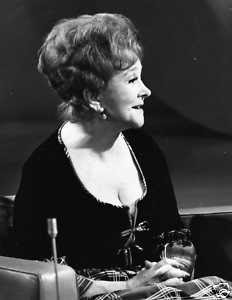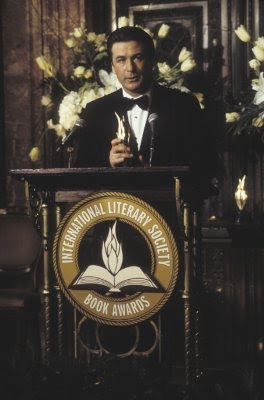
Frank Sinatra holding court between scenes on the set of 20th Century-Fox's very curious "Can-Can"No one would ever mistake Fox's loopy, misguided 1960 version of Cole Porter's "Can-Can" for a good movie, but it is not totally without its charms (most notably, Porter's score, or what's left with it) - or without a certain morbid curiosity. Namely, how did it end up so bad?
That's the first of several questions which have made this film unintentionally fascinating for five decades now. Of course, the most pressing questions connected with the film are (1) why was "I Love Paris," the pick of Porter's scored, scuttled at seemingly the 11th hour, and (2) who exactly made this dubious decision? The foolish excision of "I Love Paris" - and the apparent disappearance of the footage - pretty much defines "Can-Can's" sad, wavering road to the screen.
The play opened in 1953 with Lilo in the lead as La Môme Pistache; Fox's Darryl Zanuck purchased the film rights in August of 1954, with the intention of making it with French star Jeanmarie and Gwen Verdon (who appeared as Claudine in the Broadway production). Zanuck hired Nunnally Johnson to adapt Abe Burrows' wonderful stage book and direct.
Johnson's script, dated August 27, 1955 and available from Script City, is highly faithful to the Broadway production, retaining all of Porter's score.
When Johnson dropped out, the film languished at Fox, with both Claude Binyon and Henry Ephron taking turns dickering with the script, and with Dick Powell and Vincente Minnelli, among others, as potential directors who came and went. Then on April 22, 1958, Fox issued a press release, announcing that "Can-Can" was being put into production as a vehicle for Marilyn Monroe (her first film for the studio since 1956's "Bus Stop"), with Cary Grant and Maurice Chevalier named as possible co-stars.
This incarnation of "Can-Can" got only that far - as a press release sent to entertainment editors. The film was never made.
Enter Frank Sinatra, who acted in the film under a contractual obligation required by 20th Century Fox after walking off the set of Rodgers and Hammerstein's "Carousel" in 1954. Sinatra was apparently hesitant, not being exactly a good fit for the property, but Fox prevailed and lured him into the picture by having Charles Lederer (who nimbly adapted "The Front Page" into "His Girl Friday" for director Howard Hawks) create a new character for Frank to play - a lawyer/scamp named François Durnais - and by (1) paying him $200,000, along with a percentage of the film's profits and (2) making the actor a partner in the production.
His Suffolk Productions would oversee the film in tandem with Jack Cummings Productions. Sinatra took the hands-on approach, bringing in Dorothy Kingsley, who had tailored "Pal Joey" for him, to completely revamp the stage script. Kingsley not only cut most of the songs but also altered who would sing them. Songs that were sung by females on stage, were given to male characters in the film, and vice versa.
Sinatra also exhibited bad judgment by recruiting a seriously miscast Shirley MacLaine, his co-star in Minnelli's "Some Came Running," to play the female lead - renamed Simone Pistache for the film. So far, so ... bad.
Shirley is a trained dancer but is not exactly - how shall I put this? - light on her feet. Reviewing the film, New York Times movie critic Bosley Crowther, who genuinely disliked her in the film, diplomatically called her shrill performance "undignified" and remarked about her being "heavy-footed, groping and galluping" throughout the film's Garden of Eden ballet.
Anyway, her addition to the production meant the untimely departure of the second female lead, Barrie Chase, who was hired to play Claudine. Chase, who had a bit in Sinatra's "Pal Joey" (she was one of two ballerinas who helped undress Kim Novak during her strip routine), was a protégé of the film's choreographer, Hermès Pan.
Chase was Fred Astaire's dancing partner on his wonderful '50s TV specials which were choreographed by Pan.
Chase bolted the production when Sinatra handed most of her dance numbers over to MacLaine (La Môme/Simone was not a dancing role on stage), a detail confirmed both in the film's DVD liner notes and by Shirley MacLaine herself in a piece carrying her byline in Newsweek's special Sinatra Memorial tribute issue (28 May, 1998).
Speaking directly to Sinatra in the piece, she wrote: "You strong-armed Twentieth Century-Fox to make 'Can-Can' because you thought I should do a musical. And you had them combine the two female leads into a single character so people could see more of what I could do."
Most of this statement is untrue: Sinatra didn't strongarm Fox; it was the other way around. Also, the character of Claudine was watered-down but still very much exists in the film. It was eventually recast with Juliet Prowse, who replaced Chase - who made a wise decision in retrospect.
Pan's choreography is the film's most envaulable feature, hands-down. This was an especially productive time for Pan. In the space of about 15 years, he choreographed such high-profile film musicals as "Kiss Me, Kate," "Silk Stockings," "Pal Joey," "Porgy and Bess," "Flower Drum Song," "My Fair Lady," "Finian's Rainbow," "Lost Horizon," "Darling Lili" and, uncredited, the "Midas Touch" number from "Bells Are Ringing."
But wait!
I should stop here and confess that, for me, Sinatra always exhibited exquisite good taste, particularly musically. I'm a fan. But in the case of "Can-Can," both his decisions and motivation were fuzzy at best. One questionable decision was bringing on board his house orchestrator Nelson Riddle to arrange the musical numbers; Somehow, Sinatra and Riddle managed to insert the anachronistic "ring-a-ding-ding-ding" into the lyric of Porter's "C'est Magnifique." Which brings us to "I Love Paris"...
Reviewed prior to its release by Variety on Friday, 1 January, 1960, "Can-Can" ran 134 minutes - a scant running time for a roadshow musical, not including either the film's Overture or its Entr'acte - but it did include the song, "I Love Paris," as a duet which offered the iconic pairing Sinatra and Chevalier (a holdover from the film's original conception).
By the time the film opened in New York on 9 March, 1960, its running time was reduced to 131 minutes. (An apt Howard Thompson wrote the New York Times capsule that the film seemed "more like Hoboken than Paris.")
Those missing three minutes contained the "I Love Paris" number.
The song is heard fleetingly over the main credits, but the sequence in which it was sung by Sinatra and Chevalier was dropped immediately prior to the film's release without any explanation. Why?
The length of the film shouldn't have been a problem. It's a relatively short movie. But that seems to be the reason, as irrational as that seems.

The only known still in existence of Frank Sinatra and Maurice Chevalier in the excised "I Love Paris" number from "Can-Can"Greg M. Pasqua writes on Amazon.com: "It was sung in the club just before the engagement party scene on the boat in Act Two. It was sung as a performed song with Sinatra singing from the stage. Fox determined it slowed the film down, so they cut it before the film was released. You can spot the change in continuity where the song would have occurred."
Prior to the film's New York opening, the magazine section of The New York Times published an advancer on "Can-Can" in its 21 February, 1960 edition, which included the above still from the number.
Given the importance of both the song to the show and Sinatra to the production, is it unfair to conclude that Frank had something to do with the song's deletion? Exacerbating matters is the implication that the footage, which has been missing since 1960, no longer exists.
The duet, of course, can be heard on the Capitol soundtrack album (and there's a slightly longer track of it on the "Frank Sinatra in Hollywood" CD set). Ah, yes, that whacky soundtrack album...
For some bizarre reason, the songs are not listed in chronological order on the soundtrack but, for lack of a better expression, are scrambled, with the Entr'acte listed as the first track (!)
Back on Amazon.com, Mark Andrew Lawrence took the trouble to put the songs in their proper order, so that as Lawrence puts it, "the program flows beautifully from one track to the next." Below is his rearrangement to parallel the order in which each song is performed in the film (the paranthetical numbers indicate how they actually appear on the Capitol soundtrack); the Overture, the fade-out "I Love Paris" choral and exit music (as well as the music for the "Apache" dance and the "Garden of Eden" ballet), incidentally, were never included on the soundtrack.
The whole thing has the aroma of satogage. But why?
1. Main Title/"I Love Paris"/"Montmart" (#7)
2. "Maidens Typical of France" (#9)
3. "C'est Magnifique" (#8)
4. "Live and Let Live" (#4)
5. "You Do Something to Me" (#5)
6. "Let's Do It" (#6)
7. "It's All Right with Me" (#2)
8. Entr'acte (#1)
9. "I Love Paris" (#11)
10. "Come Along with Me" (#3)
11. "Just One of Those Things" (#10)
12. "Can-Can" (#12)
One observation/correction: I took the liberty of adjusting Lawrence's listing of songs because it has Sinatra's "It's All Right with Me" coming after the Entr'acte, when in actuality, it leads directly into the intermission. Also, if what Pasqua says about the placement of "I Love Paris" in the film is accurate, it opened the second act of the film, coming before both MacLaine's comic "Come Along with Me" routine and the arty "Garden of Eden" ballet that was staged at the Bal De Paradis' Four Arts Ball.
Speaking of Porter's songs, for the movie version, the makers seriously tampered with the score, adding "Let's Do It," "Just One of Those Things" and "You Do Something to Me," from other Cole Porter shows.
Eliminated were seven titles, including "Never Give Anything Away," "I Am in Love," "If You Loved Me Truly," "Never, Never Be an Artist," the lyric to "Can-Can" and the most regrettable, the haunting "Allez-Vous-En," although its melody is used behind the film's apache dance routine.
Oh, yes, and at the risk of repeating myself, "I Love Paris" was deleted.
Did you know that?
Note in Passing: At the outset here, I mention that the film is not without its charms, chief of which is the obvious fun that Sinatra and MacLaine are having. If only that fun were contagious. But more to the point, there's Tom Keogh's superb titles design - ome of the movie's most laudable feature. Done in dazzling primary colors and with a deep bow to Henri Marie Raymond de Toulouse-Lutrec, Keogh's titles promise a great film that never really follows. All of this only makes one wish that "Can-Can" was a better movie, truly worthy of the treatment that Fox lavished on it.

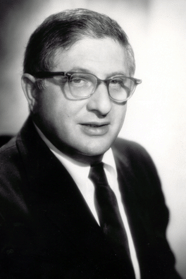



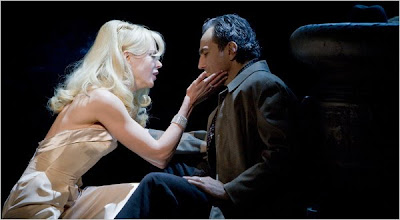









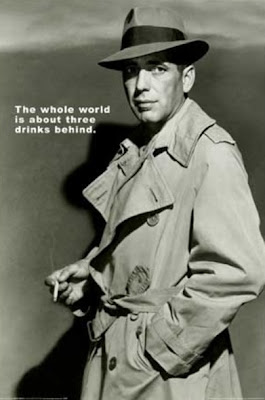
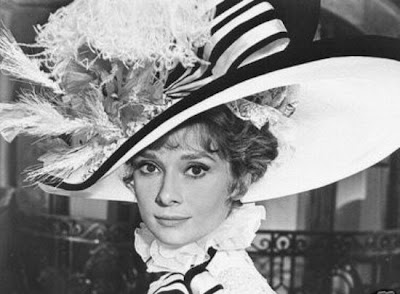
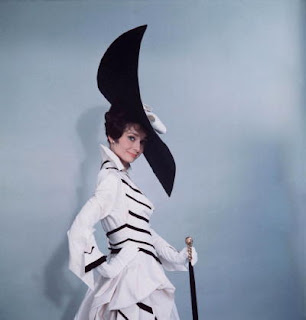

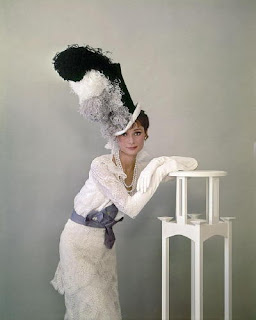

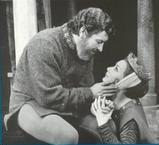
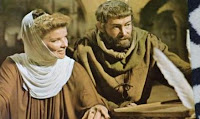


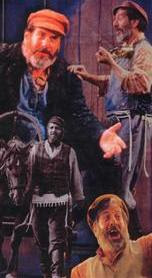

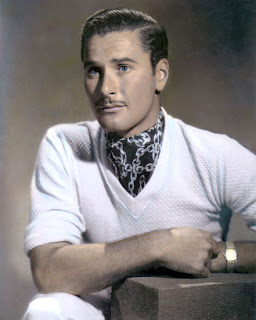
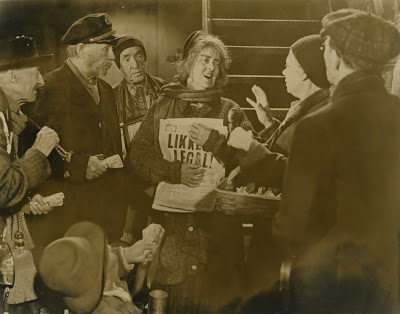
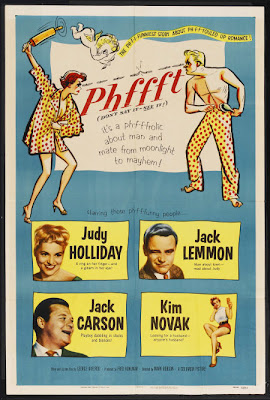
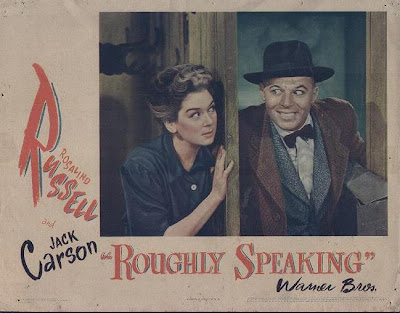

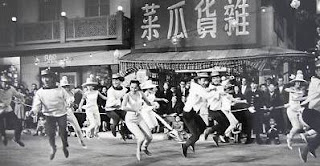




 You remember the
You remember the 












